Each vase is signed with a four-character mark. The scene depicted by the artist is referred to as the “Picture of the Raid,” representing the Forty-Seven Rōnin's attack on Kira's mansion. The ronin featured in the scene is Ōishi Chikara Yoshikane, one of the 47 Ako Rōnin warriors.
The story of the 47 Ronin is a powerful testament to the indomitable spirit of samurai, who were willing to sacrifice everything for honor and loyalty. Their unwavering commitment to avenging their lord's death has immortalized them as true exemplars of the samurai code, leaving a lasting legacy that continues to inspire people worldwide. The tale of the 47 Ronin serves as a poignant reminder of the enduring power of honor and justice in the face of adversity.
On January 30, 1703, forty-six masterless samurai (rōnin) stormed the Edo mansion of the government official Lord Kira, killed him, and took his head to the grave of their former master, Lord Asano, as proof they had avenged his death. The rōnin were fully prepared to face execution for their actions. However, due to significant public support, the authorities offered a compromise, ordering the rōnin to commit seppuku (ritual suicide), granting them an honorable death for the crime of murder. Forty-six of the 47 Ronin followed this order, making this event one of the most popular stories in Japanese history and culture.
Each vase is signed with a four-character mark. Satsuma ware has a long history, dating back to the late 16th century when the first kilns were established in the region. Initially, the pottery was simple and utilitarian, but under the guidance of the Shimazu family, it evolved into a refined art form in the late 17th century. The family encouraged the production of high-quality ceramics to boost the local economy. Satsuma potters began experimenting with new designs and techniques, creating a wide range of ceramics, from tea bowls and sake cups to more elaborate vases and figurines.
During the Meiji period (1868-1912), Satsuma ware gained widespread popularity both in Japan and internationally, thanks to government efforts to promote Japanese goods abroad. The pieces exported during this time were often lavishly decorated with gold and silver, featuring traditional Japanese motifs such as cherry blossoms and chrysanthemums. Today, Satsuma ware continues to be produced in Kagoshima Prefecture and other parts of Japan, and it remains highly prized for its intricate designs and rich history. Modern interpretations often incorporate both traditional and contemporary themes.
Dimensions:
One vase has a small hole in the bottom, likely from an attempt to convert it into a lamp. Otherwise, both vases are in excellent condition for their age.
Please study the accompanying photographs carefully, as they form an integral part of this description. The item will be shipped with full tracking and insurance. Please note that shipping costs include labor, packaging, and postage.




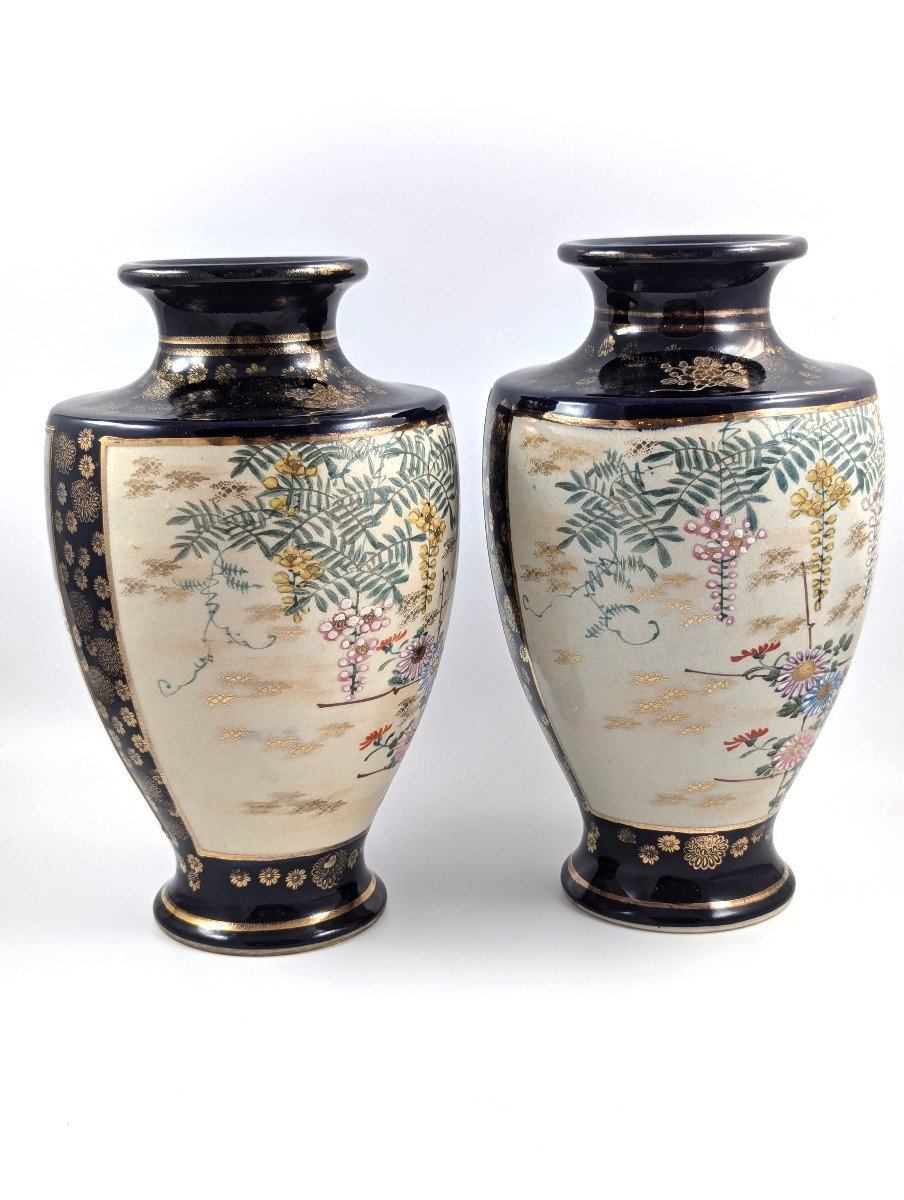


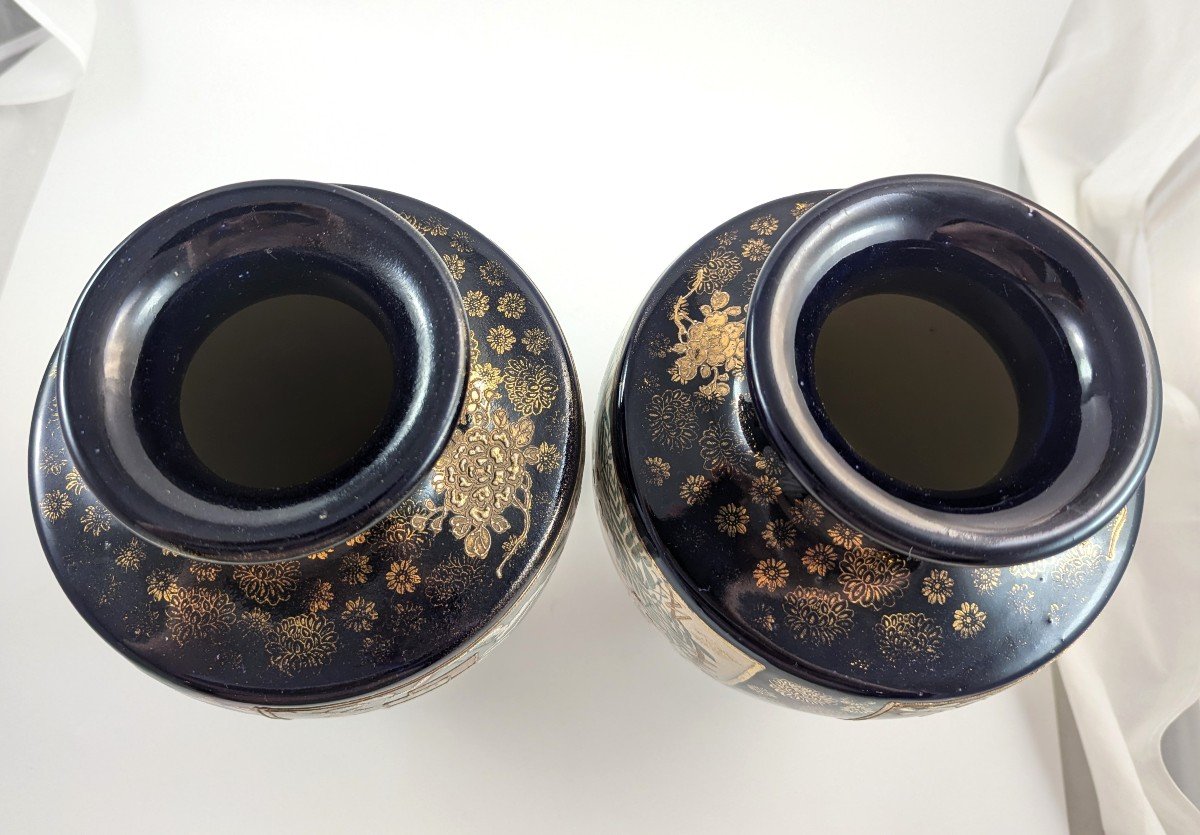

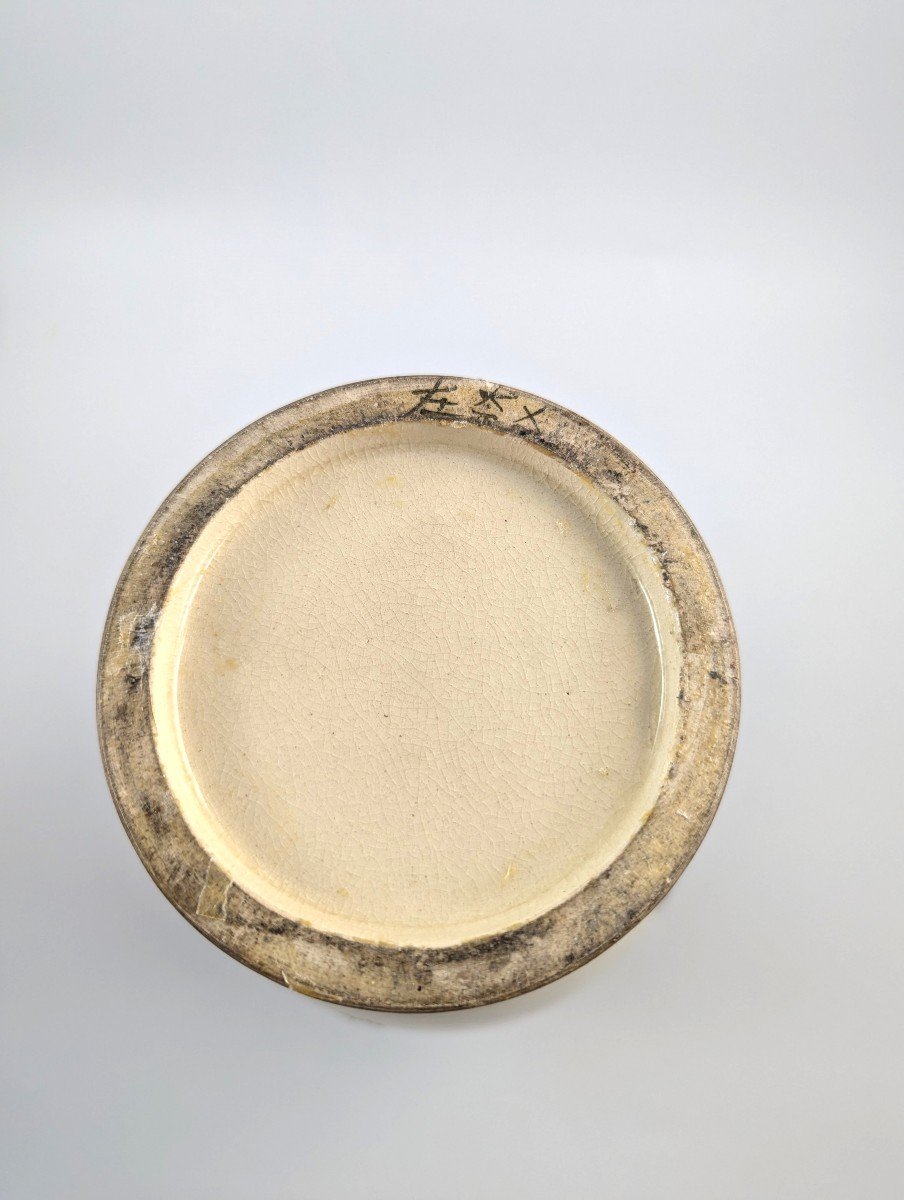





















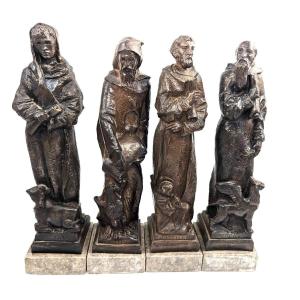


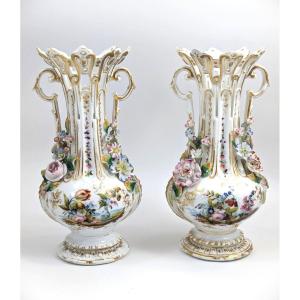






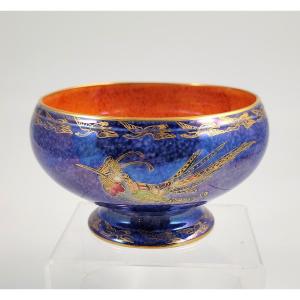
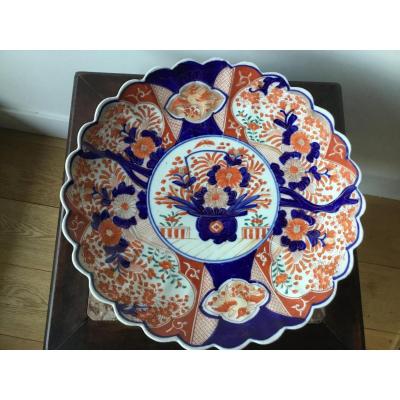
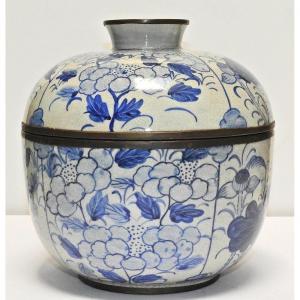

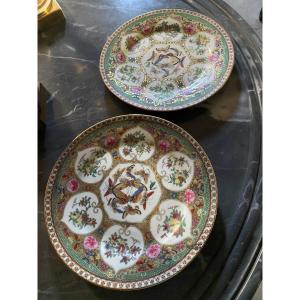




 Le Magazine de PROANTIC
Le Magazine de PROANTIC TRÉSORS Magazine
TRÉSORS Magazine Rivista Artiquariato
Rivista Artiquariato